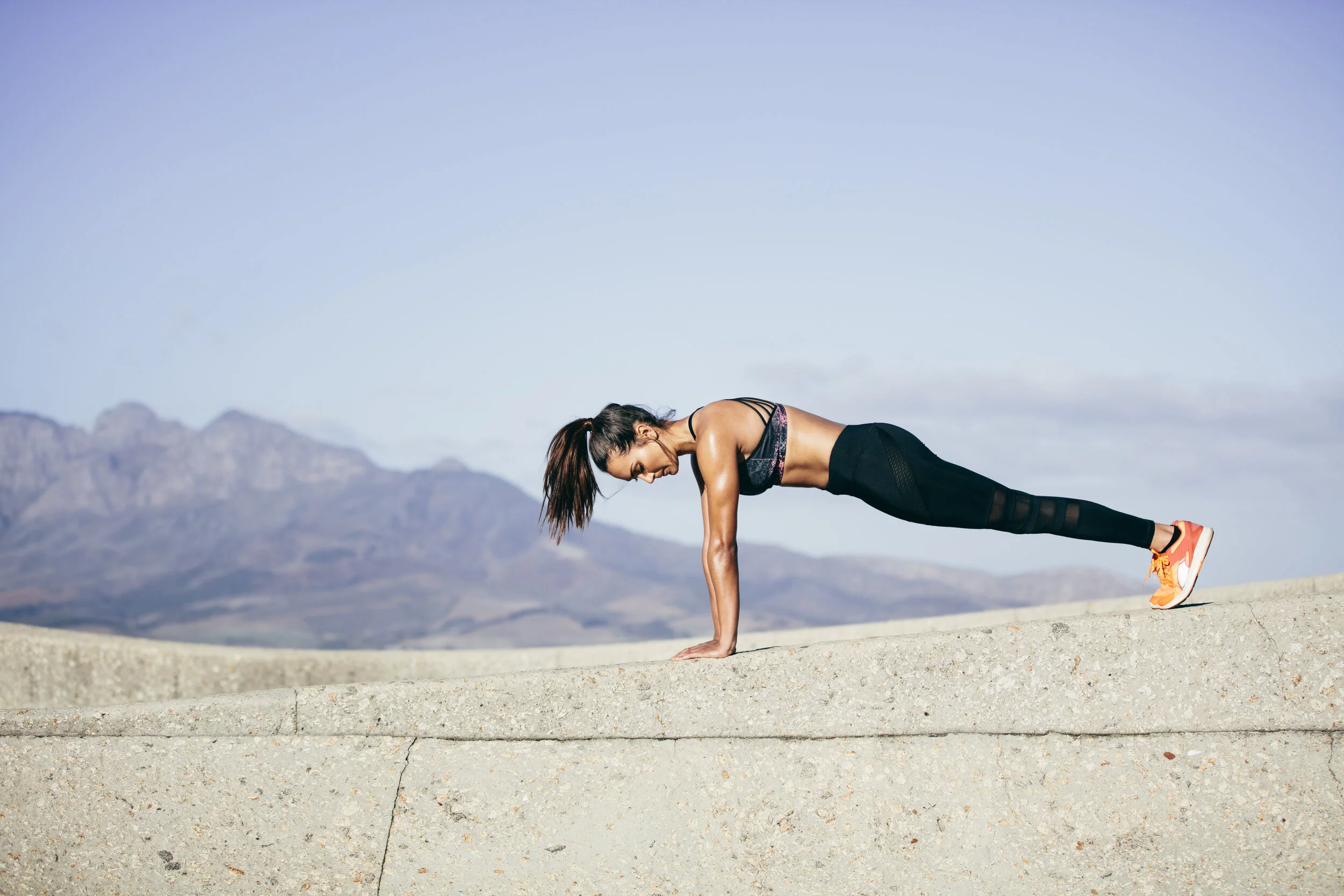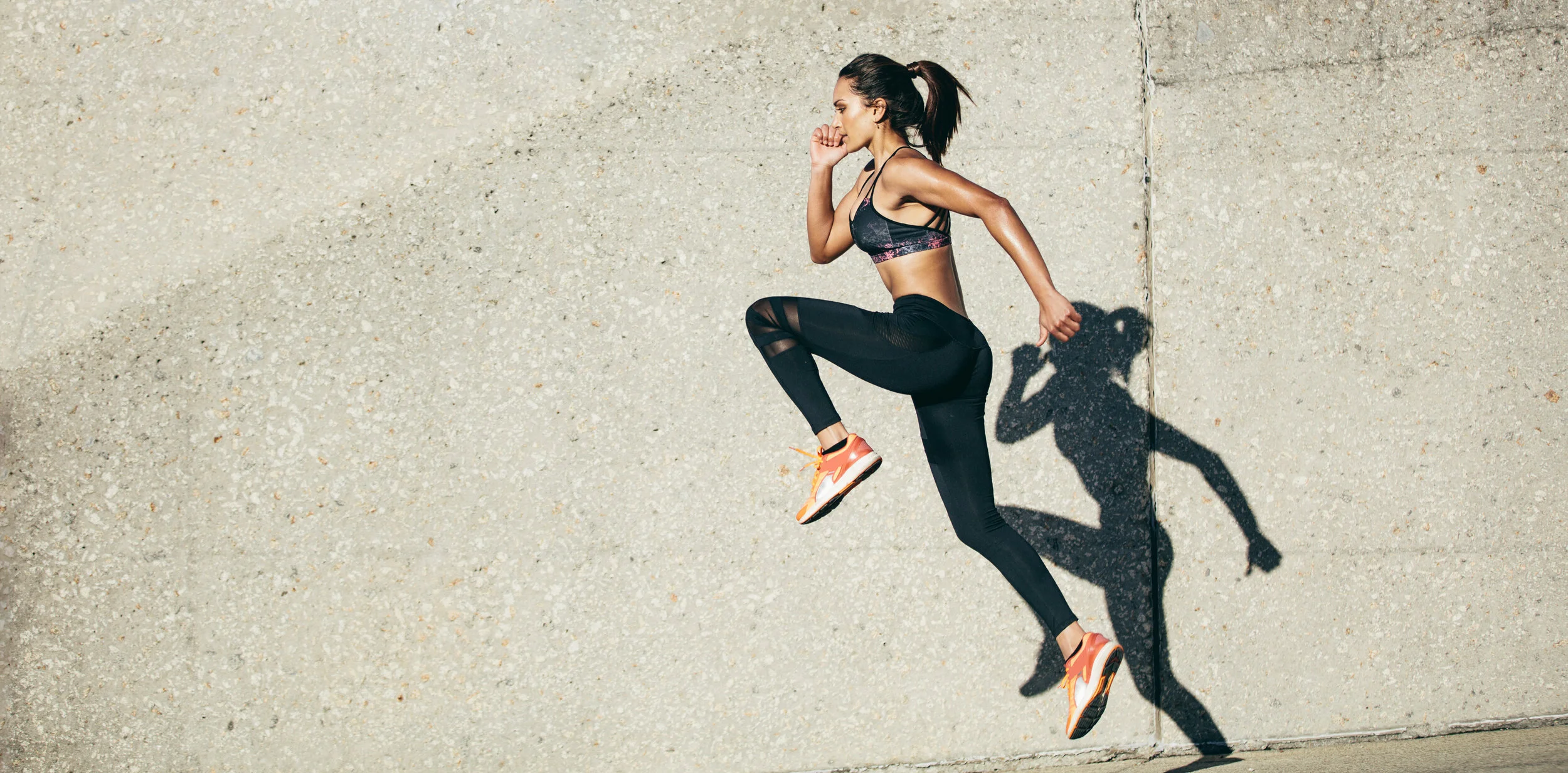The Importance of a Solid Warm Up
A 2-minute jog around the block, some arm swings and a hamstring stretch should be good right? Not a chance! A proper warm up has the potential to take your workout, training session, practice or game to the next level. Not only will a well thought out warm up help decrease your chance of injury, but it will also allow you to perform at a higher level in whatever event you may be competing in.
How It Works
Warming up starts out quite literally by warming up your body’s core temperature. By doing this your body will recognize that increase in temperature and your heart will send more blood pumping to the muscles that are being activated. A higher concentration of blood to the muscles means your muscles are getting more oxygen. Increased oxygen equals increased energy, which means those muscles are now able to contract and relax stronger and quicker than before. At the same time, this additional energy excites the central nervous system which will lead to much more efficient muscle activation.
Necessary Components
1. Increase Core Temp
In general, we can say that a proper warm up will first include various drills that will simply increase body temperature. These should be lower impact and require less demand on the nervous system, as we are just beginning any increase in neural activity. Some examples include jumping jacks, jogging, skipping, quick steps and high knees.
2. Dynamic Mobility
Once the heart rate is up and those muscles are warm, the next step is to work on mobility, while still keeping the core temperature relatively high. Here is where we would utilize a more dynamic approach to stretching. This will allow muscle fibers to elongate and joints to move through full ranges of motion. Examples here include walking toe touches, staggered toe touches, front scale, quad stretch with reach, straight leg kick, lunges and spiderman with rotation. A great way to keep the core temperature up would be to perform each of these exercises for a total of 10 yards with a 20-yard jog in between. I tend to continue focusing on targeting the entire body in this phase.
3. Muscle Activation
Next we have a muscle activation phase. Here is where we would tailor the warmup to either the athlete’s specific needs in terms of general weaknesses or previous injury rehab. It is also important to consider the demands of the upcoming training session and include targeted activation of the particular muscles that will be most involved. If the upper body is involved, I like to include a lot of scapular and rotator cuff activation including prone I/Y/T, swimmers and banded external rotation. If lower body is involved, this phase would include a lot of posterior chain and lateral hip work including fire hydrants, hip circles, monster walks and glute bridges.
4. Primer
The final step in the warmup process is to prepare the body for the specific demands of the upcoming training session. It should be designed to be the most intense portion of the warmup with drills that directly relate to that specific sport or workout. This will help prime the neuromuscular system as a whole in order to produce maximum performance with less risk of injury. For example, if the session involves sprinting then a series of sprint specific drills such as pogo hops, wall drives, fast leg and straight leg shuffle/bound. Any strength training session or interval training workouts should include the exact movements involved but at decreased resistance and volume. Lastly, if warming up for a sporting event such as football, soccer or basketball, this phase may include more plyometrics, reaction drills and change of direction work.
Conclusion
The warmup is arguably the most important aspect of a training session. As you can see, it should be thoughtfully planned out according to the biology of the human systems, the precise needs of the athlete and the specific requirements of the activity. If done correctly, the athlete will maximize their training efficiency with the likelihood of less setbacks and the benefit of improved performance as they progress.




